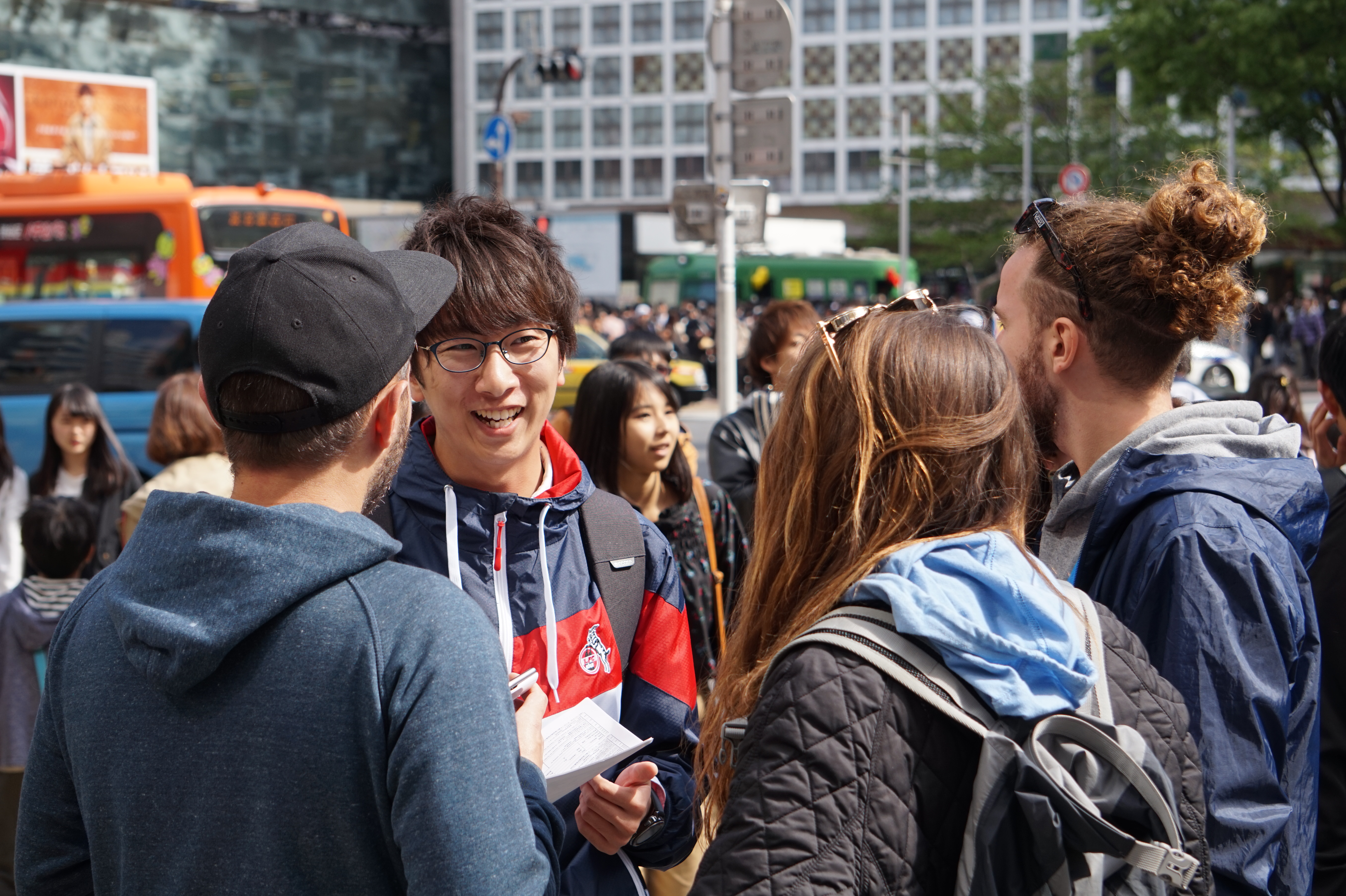First of all, it is necessary to define what is meant by volunteering: it is a social activity of solidarity, of an altruistic nature, carried out through an organization and in a specific project or program. It is a free, ethical choice, linked to your personal values and motivations. What you are looking for: people with an open, respectful, responsible, supportive and committed attitude.
Regarding the rights and duties of volunteers and the corresponding regulations on the relationships between the entity and volunteers, they are defined in articles 10, 11 and 12 of Law 45/2015, of October 14, on Volunteering.
Once the framework in which the relationship between volunteers and NGOs operates has been established, the keys to making that relationship fruitful are to implement a volunteer plan and a volunteer program. On the one hand, the volunteering plan is a general framework that specifies the general objectives and gives coherence to the volunteer management model in the medium and long term. It gives a global sense to the direction of voluntary activity in the entity. Your goal is to answer the following 3 questions:
What is the role of volunteers in our entity?
What causes or people can benefit from a voluntary action?
And on the other side of the coin, what does our entity contribute to volunteering?
On the other hand, a volunteer program limits the objectives and ideas of the plan in a specific space and time in the short and medium term. Within a program, objectives are set and to achieve them, resources are taken into account and specific projects, activities and tasks are structured. The phases of a volunteer program are:
- Recruitment and selection of volunteers:
The first step is to define the profile or profiles of the volunteers required by the program. Define the needs to be covered by the volunteer in the organization and move on to the recruitment process. The ideal is to seek and find people who share the values, principles and philosophy of operation. Among the techniques that enable the recruitment of volunteers, for a first filtering and contact, the digital platforms such as the one we offer from Gotongo stand out, which greatly facilitate this type of process. Afterwards, it is convenient to contact more directly and confirm that the person is suitable for the profile set.
- Reception, basic training and incorporation:
The reception process must be a well communicated process at all times. The volunteer must be clear about their role and the position they will have within the organization. Therefore, publicizing the operation of the entity is crucial. Basic training in relation to the activity that the volunteer will carry out is necessary. Afterwards, the incorporation agreement that the entity must have prepared for the volunteer profiles is signed.
- Accompaniment and monitoring:
Internal communication continues to be crucial, among other things, to recognize the work of the volunteer and make them feel valued. It also gives the volunteer the opportunity to be an active part of the entity and to discover any kind of discomfort or operating problem. The relationship between a volunteer person and entity must be continuous, dynamic and reciprocal. Establishing continuous training during this phase of the program is part of the follow-up and development of the volunteer and the activity that he or she is carrying out. As the final part of the accompaniment, an evaluation is carried out of the tasks performed by the volunteer.
- Closing of the activity:
The end of the voluntary activity means the end of the commitment signed at the beginning. It is possible that a person will be helping a project for many years, but there will be a time when the volunteer will have to leave or reduce their presence in the entity. Being a natural part of any volunteer program, it is not a negative thing, but it does require special attention. Whether the volunteer's activity has been for many years or a few months, it is important to hold, on the one hand, an informal farewell by the group and, on the other hand, an official closing meeting. Finally, the pertinent acknowledgments and the delivery of the volunteer certificate if required.
- Bonding:
For those volunteers who wish to remain linked to the NGO, either occasionally or periodically, by reducing their responsibilities this last phase of the relationship extends. Maintaining contact with the volunteer after their direct contribution to the entity usually entails many benefits at a very low cost. The connection with another type of relationship is maintained and gives the opportunity for new forms of collaboration for future voluntary actions (both permanent and specific).
The collaborative relationship can take place through specific communications or periodical publications, with invitations to events, offer of training and call for specific activities.
* For more details on the management and care of volunteers in NGOs, as well as the volunteer program, see the bibliography.
BIBLIOGRAPHY
Volunteer Platform of Spain (2019): “Manual of the management cycle of volunteers”. Retrieved from https://plataformavoluntariado.org/wp-content/uploads/2019/12/mcgpv.pdf
Doctors of the World (2002): “Volunteer Management Manual”. Retrieved from https://www.solucionesong.org/img/foros/5380ddb80710e/2002_manualdegestion_MDM.pdf
